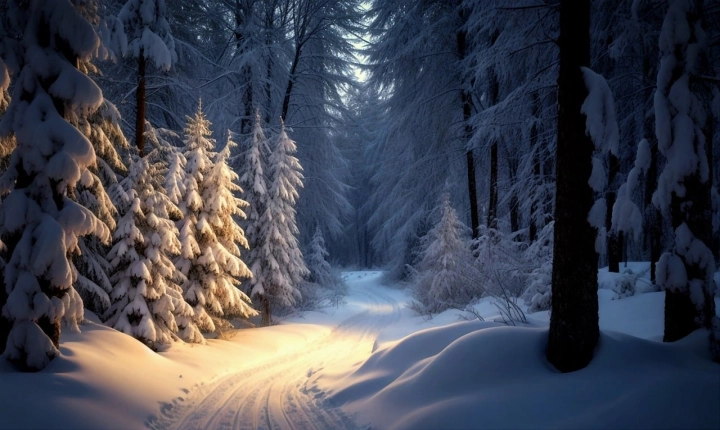Creating AI generated art is an exciting and emerging field that combines technology with artistic expression. Artists are continually exploring the possibilities of leveraging artificial intelligence to produce unique, creative works that push the boundaries of traditional art. From painting to music composition, AI-generated art introduces a new dimension to the art world, prompting discussions about the nature of creativity and the role of the artist in the digital age.
One of the most common methods for creating AI-generated art is through the use of generative adversarial networks (GANs). GANs are a type of machine learning model that pits two neural networks against each other – one network generates new images, while the other evaluates those images for authenticity. Through a process of trial and error, GANs learn to produce increasingly realistic and original images, often resulting in surprising and thought-provoking art.
To create art using GANs, an artist typically starts with a dataset of images related to the desired theme or style. This dataset could include anything from paintings by a particular artist, to photographs of landscapes, to abstract patterns. The artist then trains the GAN on this dataset, allowing the model to learn the features and patterns present in the images. Once the training is complete, the artist can use the trained GAN to generate new, original images that reflect the style and characteristics of the original dataset.
Another method of creating AI-generated art involves the use of recurrent neural networks (RNNs) for music generation. RNNs are a type of neural network that can learn the sequential patterns present in a piece of music, allowing them to generate new compositions based on the learned patterns. Artists can train RNNs on a dataset of existing music, and then use the model to compose new, original pieces of music that draw on the learned styles and structures.
In addition to these methods, there are numerous tools and platforms available that make it easier for artists to experiment with AI-generated art. These tools often provide pre-trained machine learning models that artists can use to generate art without needing to have a deep understanding of the underlying technology. By making AI art creation more accessible, these tools are fostering a new wave of creativity and experimentation within the art world.
The rise of AI-generated art raises important questions about the nature of creativity and authorship in the digital age. When a machine is involved in the creation of art, who should be considered the true artist – the human who trained the model, the machine that generated the final piece, or both? How does the use of AI impact the art market, and what are the implications for copyright and intellectual property? These are complex and ongoing conversations that will continue to shape the future of AI-generated art.
Ultimately, AI-generated art represents a new frontier for artistic expression, offering artists and technologists an exciting opportunity to collaborate and push the boundaries of what is possible. By combining the unique capabilities of AI with human creativity, artists are opening up new possibilities for innovation and exploration in the world of art. As this technology continues to evolve, it will be fascinating to see how AI-generated art shapes the artistic landscape and sparks new conversations about the intersection of technology and creativity.
